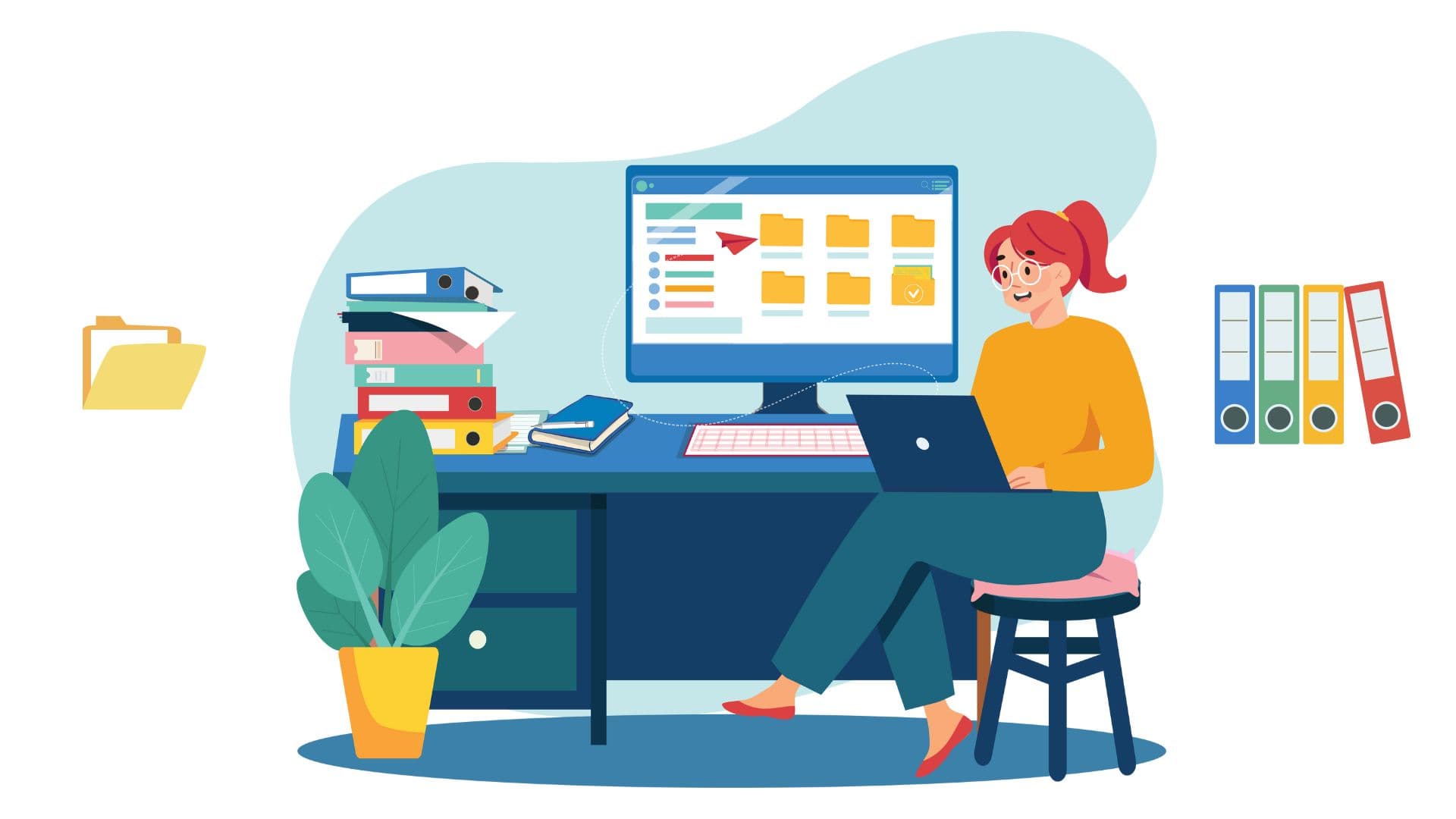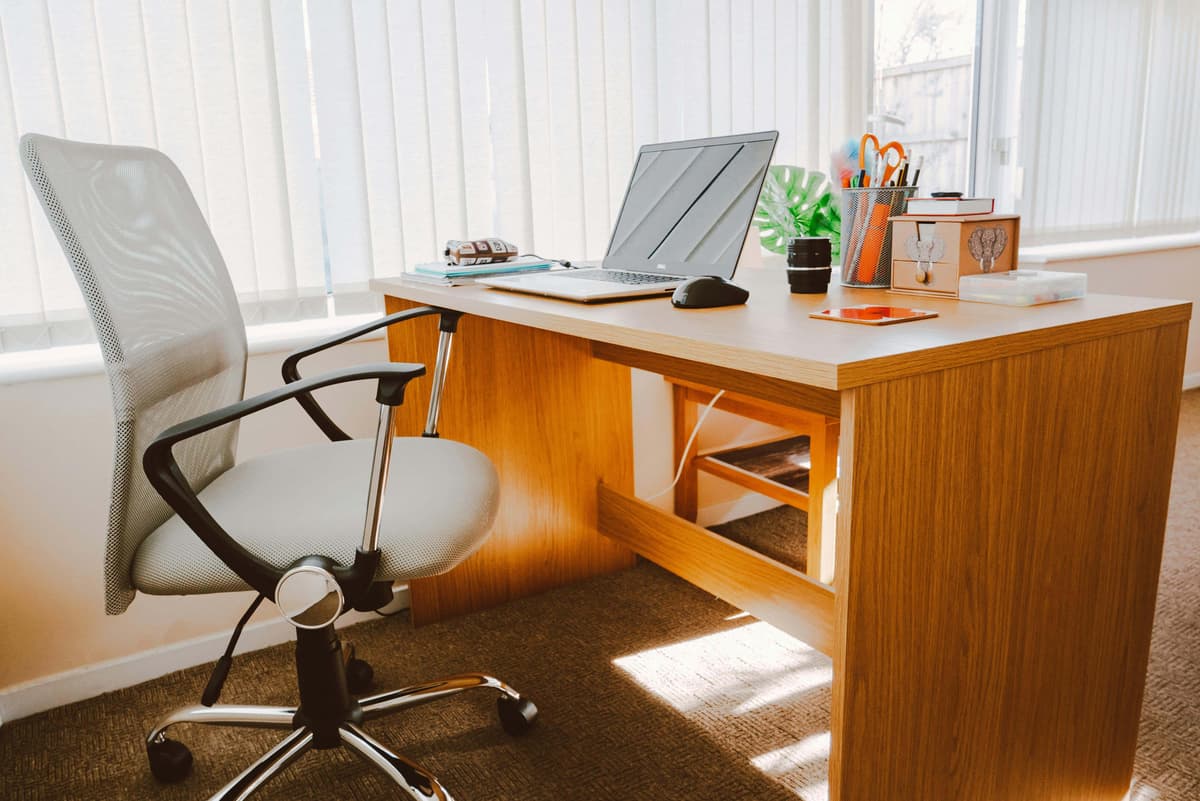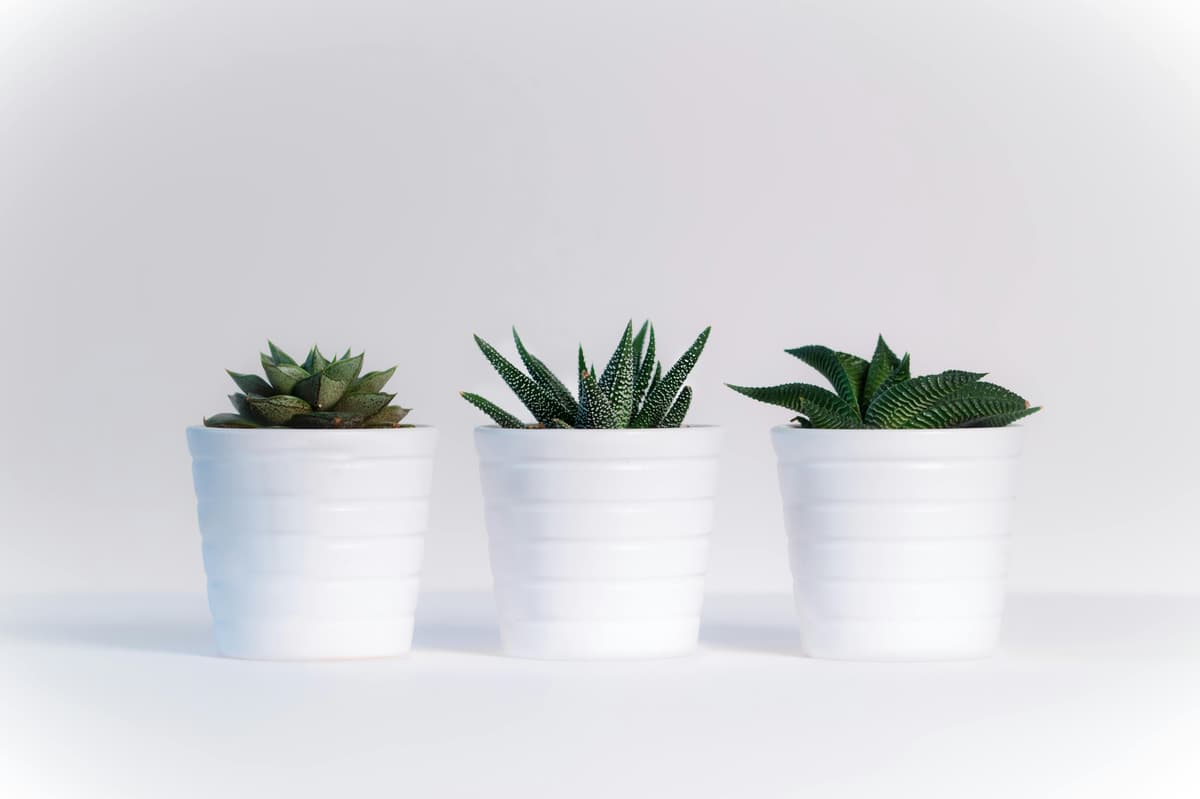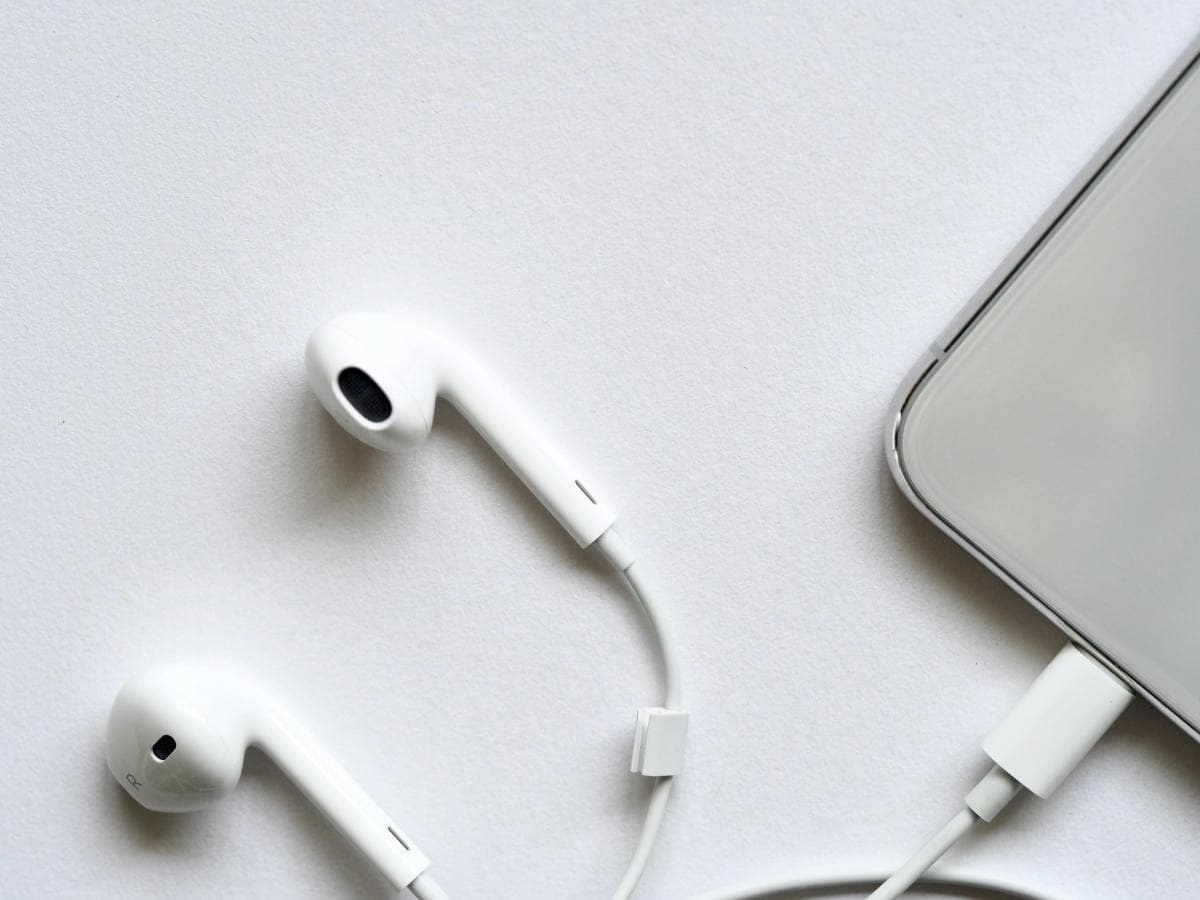
A well-designed office space is more than just aesthetically pleasing—it can dramatically enhance your productivity. Your environment influences how you work, so small changes can make a big difference in how you feel and how efficiently you get things done. By tweaking certain aspects of your workspace, you can boost focus, creativity, and even your overall mood. Simple things like adjusting lighting, decluttering your desk, or adding plants can shift the atmosphere and help you work better. Whether you’re working from home or in a traditional office, creating an environment that supports your goals is key.

Natural light can improve both your mood and focus, making it a crucial element in office design. Try positioning your desk near windows to let in as much daylight as possible. If natural light isn’t an option, use bright, full-spectrum lighting to mimic daylight and reduce eye strain. Some studies have shown that natural lighting can positively affect employee performance.
Clutter can make it hard to focus and stay productive. Keep your workspace clean by using organizers for papers and small items. Invest in shelves or cabinets to store things you don’t need immediately on hand. A clean desk equals a clear mind.

Ergonomic furniture is essential for comfort and long-term productivity. Consider investing in an adjustable chair and a sit-stand desk to prevent strain from sitting all day. Proper posture not only improves comfort but also enhances focus.
Plants not only improve air quality but also reduce stress and boost creativity. Studies have shown that having greenery in your workspace can increase productivity. Opt for low-maintenance plants like succulents or snake plants for an easy way to brighten up your space.
Colors can impact your mood and focus. Blues and greens are known for enhancing focus and creativity, while softer shades like pastels can create a calming effect. Incorporate these colors through paint, decor, or even furniture to give your space an instant productivity boost.

Having a visual space to jot down ideas or keep track of tasks can keep you organized. Whiteboards or corkboards near your desk make it easy to see what’s on your agenda and capture ideas as they come. Keep your goals and deadlines visible for easy tracking.
Distractions like noise can significantly reduce your productivity. Soundproofing elements like acoustic panels or even noise-canceling headphones can help block out distractions and allow you to focus more deeply on your work.
Adding personal touches to your workspace can make it feel more comfortable and motivating. Display meaningful photos, artwork, or memorabilia that inspire you. Personalization creates a sense of ownership and enjoyment in your environment.
If possible, create different areas in your office for different tasks. Designate one zone for deep focus, one for meetings or collaborations, and even a relaxation area for breaks. This can help you mentally shift between tasks more easily and maintain productivity throughout the day.
Temperature plays a bigger role in productivity than many realize. A workspace that’s too hot or too cold can be distracting. Aim to keep the office temperature between 68–72°F for optimal comfort and focus.
Storage is key to keeping your workspace organized and clutter-free. Use vertical storage like shelves, filing cabinets, or bins to maximize space and keep essential items within reach. A well-organized space allows you to focus better and reduces the stress of looking for misplaced items. This can be a bit of great advice especially if your office space is small. For example, you can be a freelancer living in off-campus housing and your office space is a neatly organized table. With such space limitations, maximizing your storage space becomes essential.
Smart devices can make your workspace more efficient. Consider installing smart lighting systems that adjust based on the time of day, or wireless charging stations to reduce cord clutter. These small tech upgrades can make your day-to-day tasks run more smoothly.

Taking breaks is crucial for maintaining productivity, so why not create a designated relaxation area? Set up a comfortable chair or couch where you can take short mental breaks or enjoy lunch. A quick recharge can make you more focused when you return to work.
Avoid wasting time searching for frequently used items by keeping them within arm’s reach. Use drawer organizers, desktop trays, or hanging storage for easy access to things like pens, sticky notes, or chargers.
Good lighting is essential for reducing eye strain and boosting focus. Install desk lamps or floor lights with adjustable brightness, allowing you to change the lighting based on your needs throughout the day. Dimmer lights can be more relaxing, while brighter lights are better for tasks that require focus.
A well-thought-out office design can have a significant impact on your productivity and well-being. By optimizing your workspace with these 15 design tricks, you’ll not only improve focus and efficiency but also create an environment where you feel comfortable and motivated to work. Start by making one or two changes and see how they transform your workday!